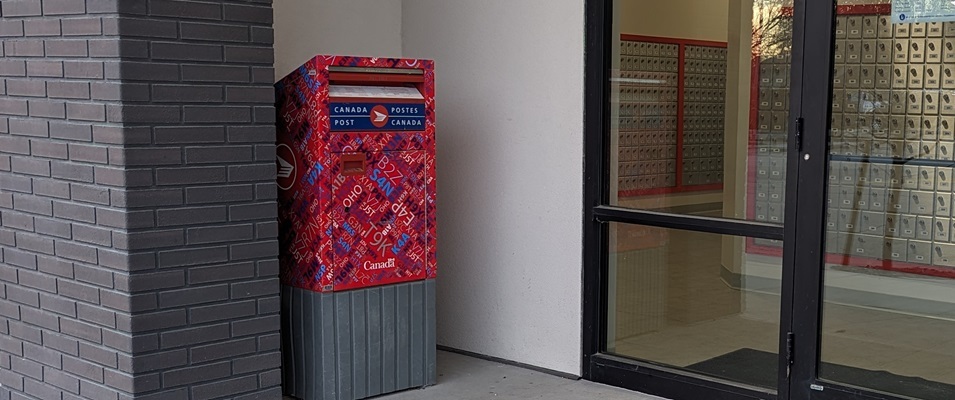
Niverville’s town council is seeking feedback from the community about planning for the future. As part of their consultation efforts, they hosted an open house at the CRRC on the evening of December 19.
Under the microscope is the town’s development plan and zoning bylaws, both of which are tools used by a municipal government to guide growth and development.
Urban Systems, the Winnipeg-based planning and engineering firm retained by Niverville to create the updated development plan for the community, was on hand to listen to the feedback and compile it.
A survey can be found on the Town of Niverville’s website. Residents are strongly encouraged to have their say.
“We would love people to do that,” says Aaron Snider of Urban Systems. “The more engagement, the better. We’re trying to get everyone to have their input [and say] what’s important to them so that we can craft the vision. Essentially the first step of doing a development plan review is to… make sure that whatever plan results from this process, it meets what people’s aspirations are.”
Development Plans and Zoning Bylaws
Every five years, the province requires municipalities to reassess and update their development plans. The new plan is then submitted to the province for approval in order to ensure that it’s consistent with provincial land use policies.
As the planners at Urban Systems undertake work on Niverville’s new plan, their goal is to include a 25-year vision for the community. As well, they hope to create a document that is user-friendly and transparent so it can be easily understood by administration, council, developers, and the public.
The plan will help guide decisions on land use, housing, transportation, recreation and open space, infrastructure and services, economic growth and development, and sustainability.
In turn, the plan also informs the creation of zoning bylaws. Zoning bylaws don’t require provincial approval and are intended for use by a municipality to create consistency in local development.
Zoning bylaws help determine how land can be used. They also determine where buildings and structures can be located on a lot and the standards by which they must be erected.
Historical Data Helps
Urban Systems will use Niverville’s historical data in order to help set the community’s vision for the future.
For Niverville especially, meeting population growth is imperative. Historical patterns show Niverville growing at a rate of 29 percent from 2016 to 2021 and a whopping 210 percent since 1996.
Considering the possibility for low, medium, or high growth rates into the future, the town is expected to expand by between 4,800 and 11,000 residents over the next 20 years. By 2041, the population could easily reach between 10,000 and 17,000 residents.
The average age of residents also plays a factor in future planning. Niverville continues to maintain a lower than average median age of 32.8.
Conversely, the average household size in Niverville ranks higher than the provincial average. According to the data, 55 percent of Niverville’s households have three or more people living in them.
The average gross income for Niverville households is nearly $116,000. The unemployment rate is 6.1 percent, compared to the provincial average of 8.3 percent.
Based on most recent data, nearly 30 percent of Niverville’s population now works within the community. More than half of those residents work from home.
With the potential for significant further residential growth and the need to create jobs close to home, the new development plan will take a close look at the town’s proposed annexation of more than 2,000 acres of land from the RM of Hanover.
Without this annexation, it is anticipated that Niverville will run out of developable land within the next 15 to 20 years.
Once public engagement is complete in early 2024, Urban Systems will get to work creating the development plan draft.
More public engagement will follow next spring before the plan is finalized and submitted for provincial approval.



















